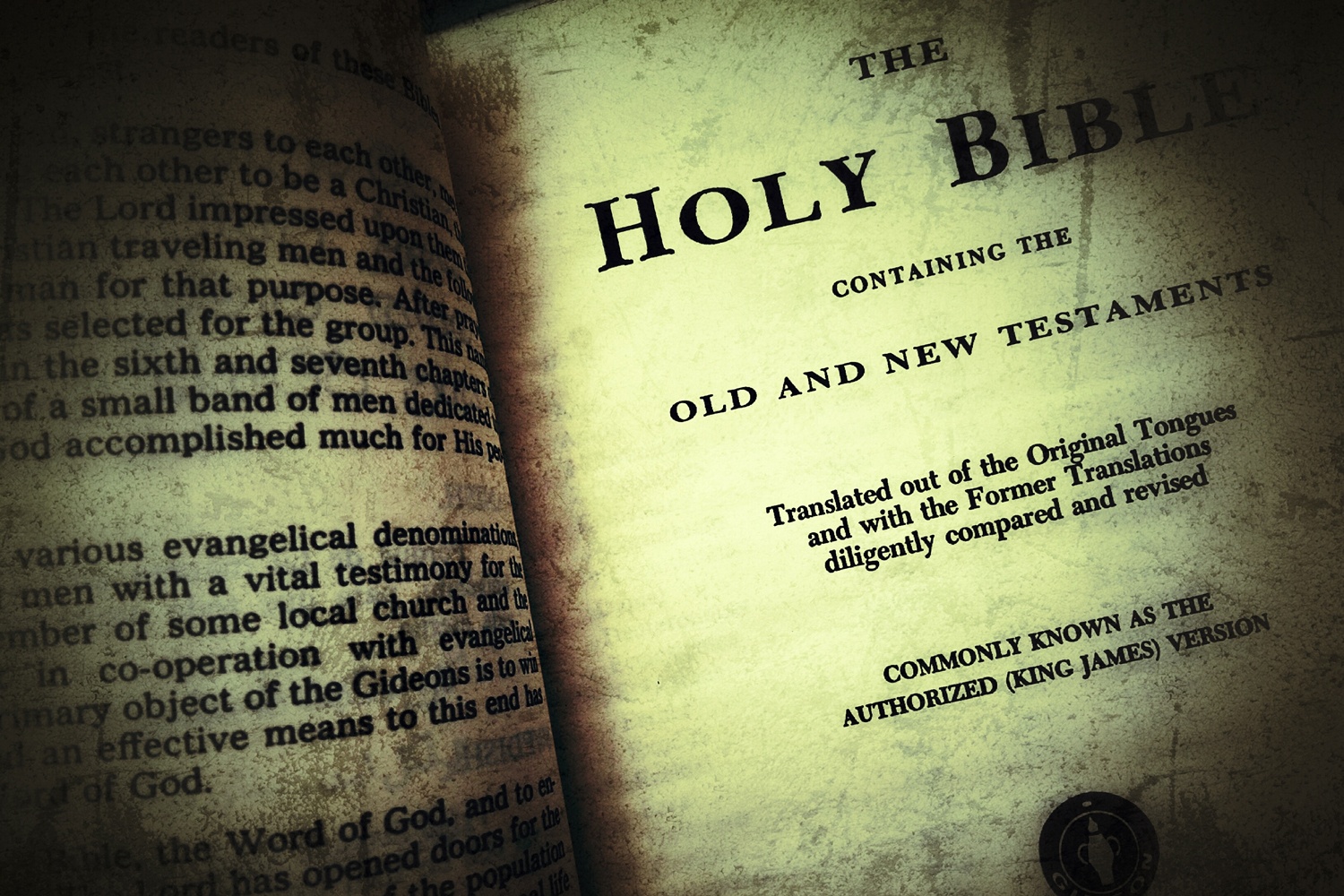This is the fifth in a series of posts on Textual Criticism of the New Testament and the Church that will run through 2016 and into 2017. Part 4 can be found HERE. Part 6, the final installment in this series, will be entitled “How Textual Criticism Made Me Love the Bible Even More” and will be out next month.
In previous blog posts I have discussed some of the most common reasons why ancient manuscripts of the New Testament differ from one another. Variations in the spelling of words, confusion of word order (which, most of the time, does not affect meaning), the accidental omission of words, etc. account for the vast majority of variations among the ancient manuscripts of the New Testament. The significant variants that remain, however, ought to be accounted for, as much as we can, by God’s people, the Church.
Significant Variants
What do I mean by “significant variants”? It’s a good question, and the answer isn’t entirely obvious to those who haven’t studied textual criticism. Most people are aware of the handful of obvious textual variants in the New Testament: the story of the woman caught in adultery in John 8, the long ending of Mark, the “trinity passage” in 1 John, etc. These are big and noticeable, so we consider them significant. We all know about these, because all of our study Bibles rightly point them out to us, and our study Bible editors weigh in by footnotes on how we should think about these variations. But there are thousands of “significant” variants beyond the obvious ones.
A variant in textual criticism is often considered significant if the multiplicity of readings can’t be easily accounted for or if certain variations persist across many centuries or in many different geographical locations. So, for example, every time a manuscript omits the word “the” or reads “the Lord Jesus Christ” instead of “Jesus Christ the Lord,” textual critics don’t sit around scratching their heads or keep themselves up at night. Errors in copying happened over the centuries in manuscripts, and words were dropped accidently. Sometimes scribes added words out of familiarity. An ancient scribe may have copied “the Lord Jesus Christ” so many times in his work that the next time Paul wrote “the Lord Jesus,” the scribe copied “the Lord Jesus Christ” by mistake without even noticing. Many of these sorts of errors were quickly caught in the copying process, and the errors that did persist were only reproduced in local geographical areas. Manuscripts are like people in that regard. If you put them all in one place and reproduce them, they start to look a lot alike. Because these types of variants exist only in a single or few manuscripts, because they are local, or because they are easy to account for as errors, they are not generally considered significant.
Textual critics would, however, consider the textual variant at 1 Corinthians 5:5 significant. Some manuscripts read “in the day of the Lord,” some read “in the day of the Lord Jesus,” and some read “in the day of (our) Lord Jesus Christ.” What makes this example so interesting is not how the variants change the meaning of the text; they don’t! But what is interesting to textual critics is the fact that some of the oldest manuscripts—P61 and Codex Sinaiticus—and the vast majority of the later Byzantine manuscripts agree with one another against a few other of the oldest manuscripts—Codex Vaticanus and P46. All these manuscripts run across different time periods and different places in the world, making the issue much harder to figure out and creates the kind of puzzle that modern textual critics love to work on.
Another great example of a “significant” variant is found at Romans 10:17. Some manuscripts read “faith comes by hearing the word of God” and others read “faith comes by hearing the word of Christ.” Again, this example isn’t significant because the variations in the manuscripts make us unsure of what the text means; textual variants rarely do that, and no paragraph in the New Testament has its meaning changed by the work of textual critics. This example is significant because at some point someone changed the text. No scribe sat down to pen the word “Christ” and accidently wrote “God” instead. We don’t know why the text was changed (though the theories abound; trust me), but one reading, “Christ” (the reading in most modern translations), does appear to be earlier than the other. Also, some of the ancient manuscripts originally read “Christ” but were later corrected to read “God” instead. Many manuscripts, however, read “God” originally. This is exactly the sort of puzzle that textual critics like to occupy themselves with.
The Work of Textual Critics
In order to solve the puzzles in the New Testament like the ones above, textual critics have established (and criticized and reestablished) a series of principles by which they determine which manuscripts most likely contain the original reading.
(1) Manuscripts must be weighed, not counted. Textual critics generally consider the readings in an older manuscript to be preferable to those in a later manuscript. Textual critics also consider the reading that shows up in the most places to be preferable to the reading that only show up in one, and if 100 manuscripts were copied from a single source, those 100 only count as one not as 100. Textual critics have also, over the years, developed a preference for a handful of early, high quality, manuscripts, and because of the proven accuracy of these texts in the past, scholars tend to give them the benefit of the doubt in places that aren’t so clear.
(2) Determine the reading that would most likely give rise to the others. Textual critics always want to know if one reading is original, then how did the other readings come about. Were words changed? Why? How might the variation have developed over time? The reading that best explains the existence of all the other readings is usually the best one in the minds of modern textual critics.
(3) The shorter and more distinctive reading is usually preferable. Textual critics generally believe that when scribes did make intentional changes in the text, it was often because they thought they were correcting mistakes. Their work, it is believed, often made the text clearer and more like other, similar texts. Their work, it is believed, also made the text longer. Thus, a reading of “the Lord Christ” would, all other evidence being equal, be preferable to “the Lord Jesus Christ,” especially if there is no additional evidence that the word “Jesus” was dropped out by mistake. “The Lord Christ” is very unusual phrasing for the New Testament, and it is more likely that a scribe added the word “Jesus” out of habit than that a scribe accidently omitted the word “Jesus” and no one caught it and fixed it.
(4) Internal considerations must also be examined. Textual critics will also frequently look to the internal evidence in texts as to which reading is most likely the original. Does the style and vocabulary in the long ending of Mark match the rest of Mark? Does Paul frequently include the article with proper names? Is there a parallel passage in Matthew that we can look to as we try to see what Mark might have originally written? These are the sorts of questions you find textual critics writing about in commentaries and scholarly journal articles.
Conclusion
So, just in case you were wondering: Paul originally wrote “Christ” in Romans 10:17, and 1 Corinthians 5:5 originally read, “in the day of the Lord Jesus.” That’s what I think at least. I could give you all of my text-critical arguments, but that is probably for a different blog than Church and Gospel.
I know this blog is a little heady, especially if you’ve never tackled these issues before, but I really wanted to accomplish two things as we near the end of this series. First, I wanted to give you a peek inside how textual criticism works and why you have the notes that you have in your study Bibles. And second, I wanted you to see first-hand that though the work of textual criticism is vitally important to Christendom (we have textual critics to thank for all our modern Bibles!), it isn’t the foundation for the Christian faith people often make it out to be. Not one single doctrine of the Christian faith is based on one manuscript or one particular reading, and thus no doctrine is changed in the slightest by the work of textual critics. God, in his infinite wisdom and providence, preserved His Word across 2,000 years, across the whole world, and in thousands upon thousands of manuscripts of all types. Even if you decided to become a radical skeptic and used a razorblade to cut out of your Bible every sentence that contains one of these “significant variants,” you’d have a Bible with a lot of holes, but you’d also still have Christianity. Your cut-up Bible would still tell the story of a God who became flesh in the person of Christ, lived on the earth a perfect life, died on the cross in our place as a sacrifice and substitute for the sins of the world, rose again bodily on the third day, and sent His Church into all the world with the good news of God’s love.




